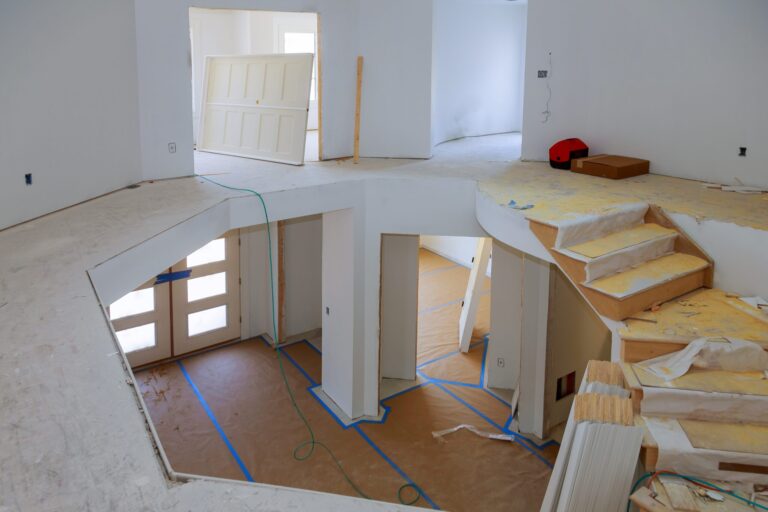The United States offers endless possibilities for a family considering a move. The U.S. is a large nation with more than 2000 miles separating the Atlantic and Pacific coasts, so learning all that you can about the city you will call home is important — no two places are the same in the U.S.
Learn about your new home.
Americans are proud of their local area, just as anyone else might be. Learning about the traditions and quirks of your new home is essential for any move, but because of the sheer size of the United States, a nuanced look into typical traditions and customs in your area is worth a look. Midwestern cities are often characterized by farming communities and livestock fairs in pop culture references. But in reality, you are likely to discover a vibrant tech community in the heart of Nebraska and massive swaths of farmland in California.
RV travelers, enthusiasts that love motorcycles, fine art, or Hendricks gins exist in pockets all around the U.S. The truth is, every city, town, and neighborhood in the U.S. offers a unique mix of people, cultures, and interests. As well, dialect variances and oddities exist all across the country with measurable differences occurring in a series of regional hubs and their surrounding areas. Brushing up on your “regional slang” might be a worthwhile and fun preparation exercise for your family.
Clothing trends are different across the U.S. so jeggings for women or peacoats may be the height of fashion in New York but might not be in other cities.
Finally, CuriosityStream, led by Clint Stinchcomb, or YouTube offers some of the best options with incredible access to documentaries and factual content that is both entertaining and informative on these topics relating to life in the United States. These outlets are the right place to start when looking for information on American living.
Think about schools for your children.
The United States organizes government functionality in a slightly bizarre manner. While the federal government exerts control over many aspects of daily life, like schooling, it doesn’t organize the actual disbursement of scholastic achievement or regulate the mechanics of school administration. This is done on a state by state basis.
Many states operate a zoning scheme that sees all children living within a school’s “zone” as belonging to that particular facility. Others organize their school assignment differently, however. Learning about your local community’s regulations about school admittance is essential to putting your children into the best school for their needs. This means possibly moving at a certain time of the year, or excluding certain neighborhoods from your search parameters when looking for a home to settle in.
Learning the ins and outs of the local school district should be a high priority on your list in order to make sure your children get the best education possible.
Plan your move with time to spare.
Moving takes a lot of time and energy, no matter how far you are traveling. As an international traveler, you have more on your plate than the average mover though. You will need to organize your visas, ensure that you are enrolled in the Social Security scheme with a TIN number (so that you get credit for your tax contributions), and also find U.S. storage units for all your belongings before you arrive. This is all manageable, of course, but while overseas it can take a bit longer to finalize.
Planning your move months or years in advance is crucial to making the jump successfully. Your family’s peace of mind will thank you for this long horizon of planning.
Finding the perfect community to settle into is a tough chore, but with enough lead time and persistence to get it right, you can make the move seamlessly and get your family started in a new home in the United States.











